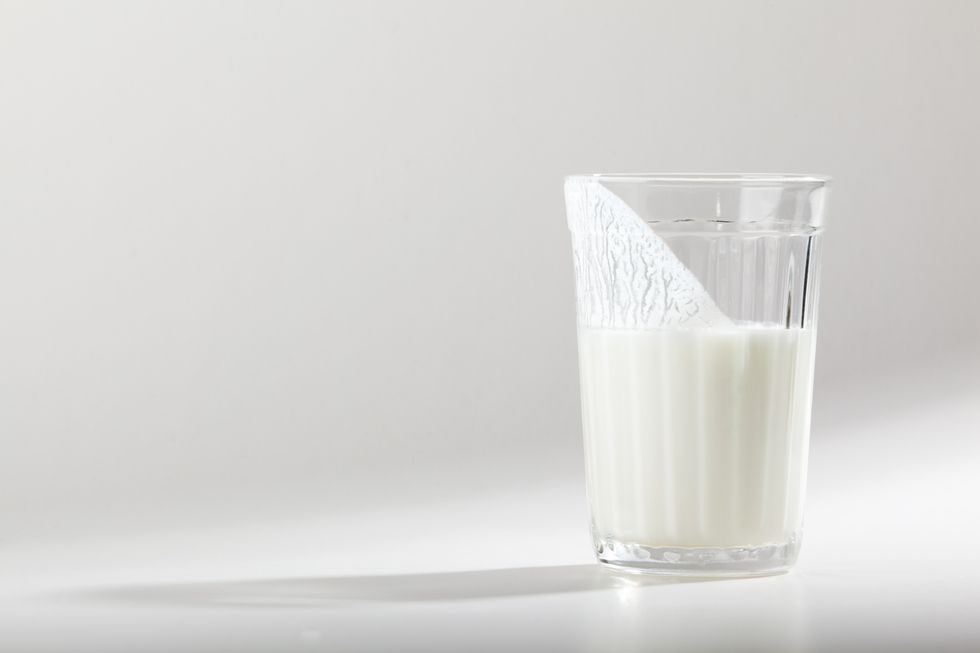Doctor Alasdair Scott shares tips on how to avoid diabetes
GBN
The study also discovered three types of dairy that may offer protection against the disease
Don't Miss
Most Read
Trending on GB News
Swedish researchers have discovered that high consumption of non-fermented milk and cheese may increase the risk of type 2 diabetes.
The study, published in The American Journal of Clinical Nutrition, also found that fermented milk, cream, and butter might have protective effects against the disease.
Diabetes is becoming a major public health concern globally, with projections showing an increase from 537 million cases in 2021 to 783 million by 2045.
Type 2 diabetes accounts for more than 90 per cent of all diabetic cases. Diet is one of the major modifiable risk factors for this condition.

Diet is one of the major modifiable risk factors for diabetes
GETTY
The study analysed data from 26,461 Swedish adults who participated in the Malmö Diet and Cancer Study between 1991 and 1996.
Participants were followed for an average of 24 years, during which time 4,552 people (17 per cent) developed type 2 diabetes.
After adjusting for demographic characteristics, lifestyle factors and dietary intake, researchers found high consumption of non-fermented milk and cheese significantly increased diabetes risk.
In contrast, high consumption of fermented milk, cream, and butter was associated with reduced risk of type 2 diabetes.
A 100-gram daily increase in non-fermented milk raised risk by 4 per cent, while the same amount of fermented milk reduced risk by 3 per cent.
Researchers identified 45 metabolites associated with non-fermented milk, including a xenobiotic likely from pesticides or veterinary drugs in cattle feed.
For fermented milk, arabonate/xylonate was strongly linked, potentially reflecting how gut microbes break down plant fibres, improving glucose processing.
The study found these associations were attenuated after accounting for BMI, suggesting body weight partially mediates the observed effects.

Diabetes is becoming a major public health concern globally
GETTY
For example, the hazard ratio for non-fermented milk dropped from 1.40 to 1.15 when adjusting for BMI. Similarly, butter's protective association weakened from 0.82 to 0.86.
The study found no significant impact of gender on most dairy associations with diabetes risk.
However, cheese intake showed a stronger negative impact on diabetes risk in male participants compared to females, representing a notable sex-specific finding.
Butter's unexpected benefit correlated with metabolites also found in nuts and seeds, suggesting shared bioactive compounds with plant fats.
A limitation of the study was measuring dairy intake only at baseline, potentially missing changes over the 24-year follow-up period. The findings may not generalise to populations of different ethnicities and age groups.








